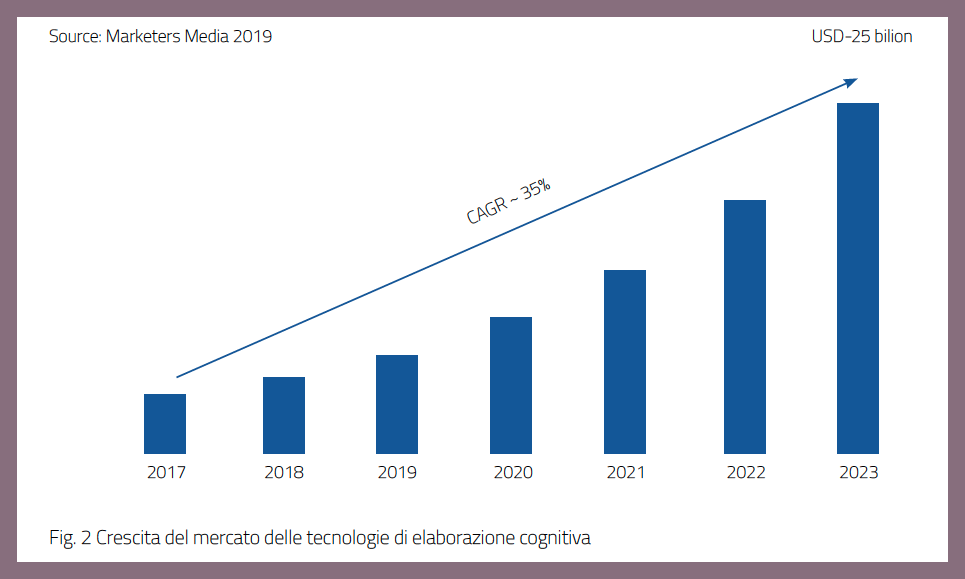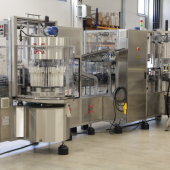Artificial Intelligence: Theory and Practice
The most recent ANIE publication, entitled “Artificial Intelligence - Technologies and Industrial Applications”, provides pragmatic and directly usable indications with hints of possible operational use..
Maurizio Cacciamani

ANIE’s activity in the dissemination of technical culture continues with the publication of extremely useful white papers, which have the great merit of making new technologies understandable, illustrating both the advantages but also the problems to be faced at the time of their application.
Today, companies find themselves having to manage an increasing amount of data, generated by the new operating paradigms of “Industry 4.0”, which provides for the interconnection of machinery and, in general, of “things”.
In this context, artificial intelligence (AI) plays a key role in the digital transformation of the manufacturing industry, as it is able to elaborate, evaluating millions of potential scenarios, the optimal solution with respect to the objective, which may change depending on the context and application.

“Artificial Intelligence - Industrial Technologies and Applications,” ANIE’s latest effort, is not intended to be a treatise on AI in general but aims to support entrepreneurs and managers in better understanding the current and future opportunities offered by AI in factory processes.
After the presentation of ANIE Automazione, the Industrial Software Working Group and the reasons that led to the creation of the work, the book enters with the fourth chapter in the heart of the topic, describing intelligent machines, the history of artificial intelligence, the basic technologies (machine learning, deep learning), those that enable and support AI, its applications and, finally, cognitive computing.
In the fifth chapter we move on to the analysis of the state of the art and applications in industry and manufacturing: in particular we would like to highlight the cases of delta robot (pick & place), condition monitoring and adaptive intelligent. In the applications, not only the purely technical part is addressed, but also, albeit in a concise way, that related to the return on investment.
In the last chapter there are topics such as “Building a data-driven company”; “Automation 5.0: towards control platforms ‘as a service’”; “voice assistants, their history and use in the smart factory”...
With the paragraph “Artificial intelligence in edge or in the cloud?” the book addresses one of the most debated topics these days.
The two final paragraphs are dedicated to Cyber-physics (evolution of process simulation through AI and how 5G will influence industrial automation) and to ethical issues, that features contribution by Professor Paolo Benanti, professor at the Pontifical Gregorian University, expert in ethics, bioethics and ethics of technologies and member of the Group of Experts of Mise Ministry for Economic Development.





















